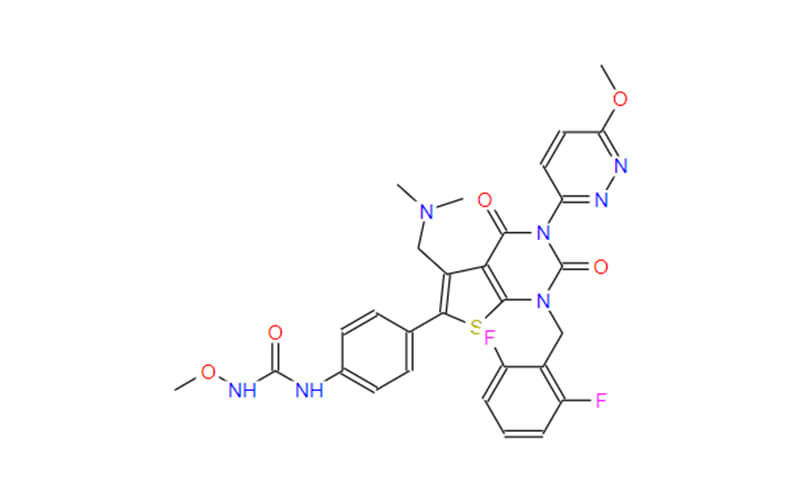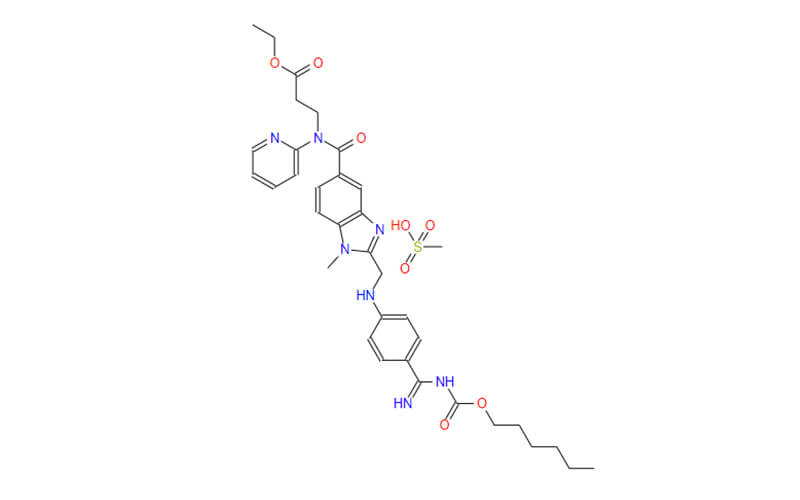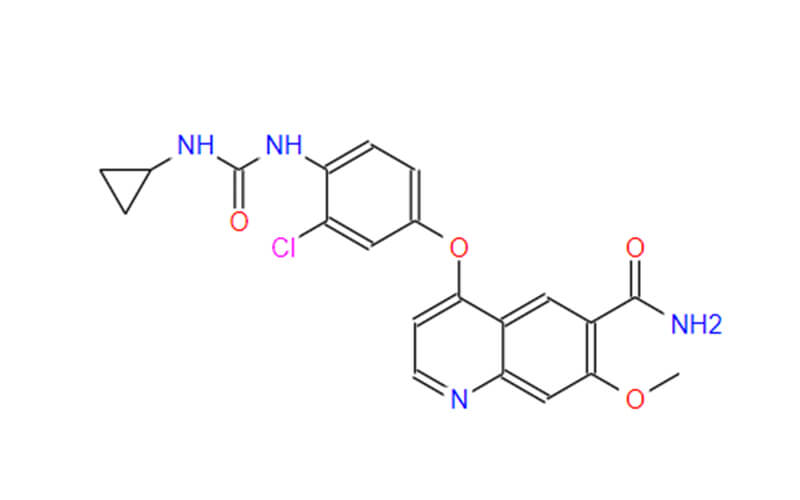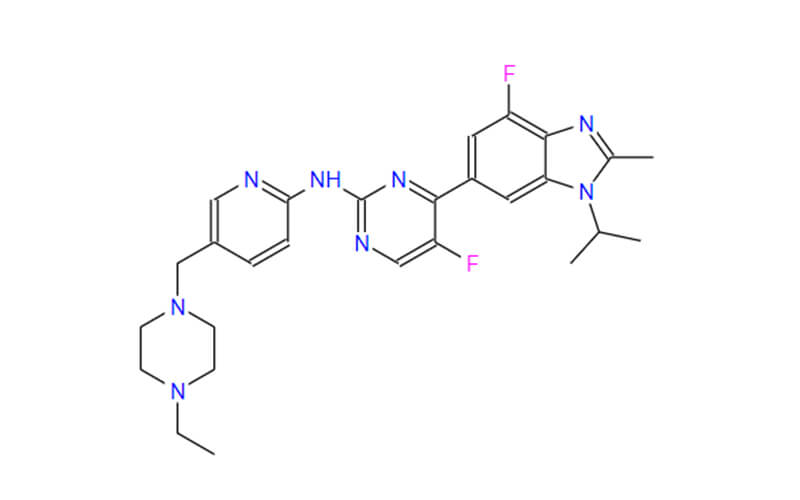Axitinib Tablets: Uses and Side Effects
Axitinib Active Pharmaceutical Ingredients
Axitinib, the active pharmaceutical ingredient (API) in Axitinib tablets, represents a significant advancement in cancer treatment. As a potent inhibitor of vascular endothelial growth factor (VEGF) receptors, Axitinib plays a crucial role in disrupting tumor angiogenesis, the process by which tumors develop new blood vessels to sustain their growth and spread. By selectively targeting and inhibiting the tyrosine kinases present in VEGF receptors, Axitinib effectively suppresses the signaling pathways involved in tumor vascularization. This inhibition ultimately leads to the disruption of blood supply to the tumor, resulting in tumor shrinkage and inhibition of further tumor growth.
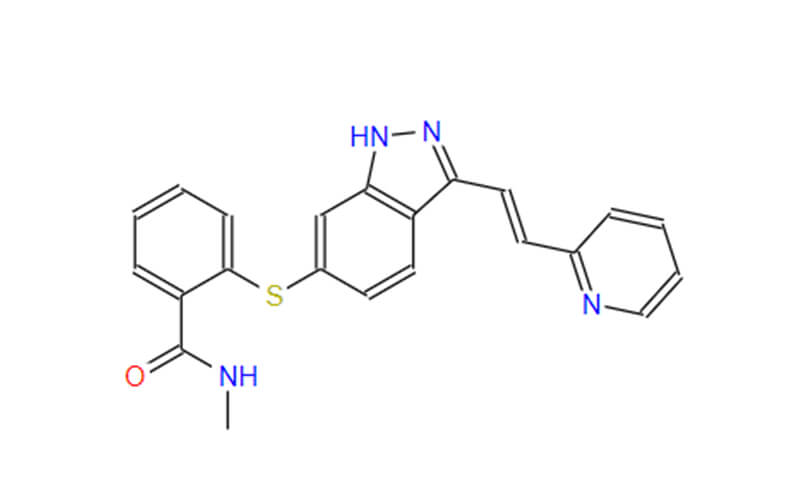
Axitinib’s mechanism of action highlights its specificity and potency in combating cancer progression, particularly in cancers where angiogenesis plays a significant role in disease pathogenesis. This targeted approach not only enhances the efficacy of Axitinib but also minimizes off-target effects, contributing to its favorable safety profile.
Axitinib Dosage Form: Axitinib Tablets
Axitinib tablets represent a pivotal dosage form in the treatment of various cancers, particularly renal cell carcinoma (RCC). Formulated for oral administration, these tablets encapsulate the potent anti-angiogenic properties of Axitinib, offering a convenient and effective means of delivering the medication to patients. Axitinib tablets are typically available in different strengths, allowing for tailored dosing regimens based on individual patient needs and treatment responses. The formulation of Axitinib tablets involves meticulous attention to detail, ensuring the stability and bioavailability of the active pharmaceutical ingredient while minimizing the risk of degradation or loss of potency. Excipients are carefully selected to optimize tablet disintegration and dissolution, facilitating efficient absorption of Axitinib in the gastrointestinal tract. By providing a standardized and easily manageable dosage form, Axitinib tablets empower patients to adhere to their treatment regimens and achieve consistent blood levels of the medication, ultimately enhancing therapeutic outcomes in the management of cancer.
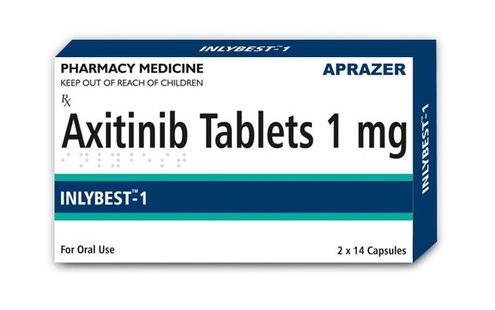
How to Use Axitinib Tablet?
Axitinib is a powerful medication, and following the doctor’s instructions precisely is critical for maximizing its effectiveness and minimizing the risk of side effects. Here’s a more detailed breakdown of how to use Axitinib tablets:
Dosage and Frequency
Your doctor will determine the most appropriate dosage for you based on several factors. These include:
- The severity and stage of your RCC
- Your overall health and kidney function
- Any other medications you’re taking
- Your response to treatment
Axitinib typically comes in tablets of different strengths (e.g., 1mg, 3mg, 5mg). Your doctor will prescribe the specific strength and determine the number of tablets you need to take per dose.
The frequency of your dosage will also be tailored to your individual needs. It’s common for Axitinib to be taken twice daily, spaced roughly 12 hours apart. However, your doctor may adjust this schedule based on your specific situation.
Taking Axitinib Tablets
- Swallow the tablets whole: Do not crush, chew, or break the tablets. This can alter the medication’s release pattern and potentially lead to increased side effects.
- With or without food: Axitinib can be taken with or without food. However, some people experience stomach upset when taking it on an empty stomach. If this is the case for you, discuss taking it with a light meal with your doctor.
- Consistency is key: Aim to take your Axitinib tablets at around the same time each day. This helps maintain consistent medication levels in your body, which is crucial for optimal treatment effectiveness. Setting reminders or using a pill organizer can help you stay on track.
- Missed Doses: If you miss a dose of Axitinib, don’t take a double dose to compensate. Simply take your next scheduled dose as usual. However, if you miss a dose by more than a few hours, contact your doctor for specific guidance.
Managing Side Effects of Axitinib

While Axitinib can be effective in treating cancer, it may also cause certain side effects. It’s essential to be aware of these potential side effects and how to manage them effectively:
- Gastrointestinal Issues: Nausea, vomiting, diarrhea, and loss of appetite are common gastrointestinal side effects of Axitinib. To alleviate these symptoms, your doctor may recommend dietary modifications, anti-nausea medications, and adequate hydration.
- Hypertension: Axitinib can cause elevated blood pressure in some patients. Regular monitoring of blood pressure is crucial during treatment, and your doctor may prescribe medications to help manage hypertension if necessary.
- Fatigue and Weakness: Feeling tired or weak is another common side effect of Axitinib. Engaging in regular physical activity, getting adequate rest, and maintaining a healthy lifestyle can help alleviate fatigue.
- Hand-Foot Syndrome: Axitinib may cause redness, swelling, and pain in the palms of the hands and soles of the feet, known as hand-foot syndrome. Proper hand and foot care, including moisturizing and avoiding excessive friction, can help manage these symptoms.
- Proteinuria and Thyroid Dysfunction: Axitinib can lead to proteinuria (excess protein in the urine) and thyroid dysfunction in some patients. Monitoring kidney function and thyroid hormone levels is essential during treatment.
Conclusion
Axitinib tablets offer a promising treatment option for certain advanced cancers, particularly renal cell carcinoma. By selectively targeting VEGF receptors, Axitinib impedes tumor growth and angiogenesis, slowing disease progression. However, it’s essential to use Axitinib under the guidance of a healthcare professional and be vigilant for potential side effects. By understanding how to use Axitinib tablets properly and managing side effects effectively, patients can maximize the benefits of this medication while minimizing its risks. Always consult your doctor if you have any concerns or experience adverse reactions while taking Axitinib.

